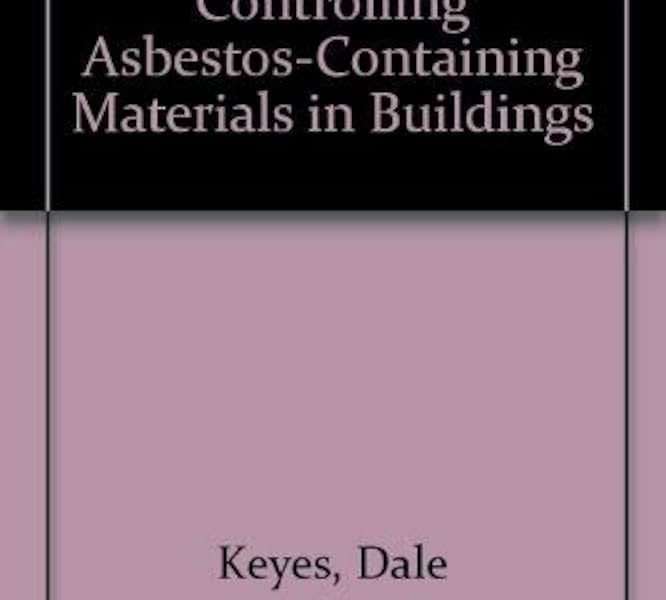Navigating the complexities of managing asbestos containing materials in buildings requires a comprehensive understanding of potential risks and a proactive approach to mitigation․ The presence of these materials, often found in older construction, poses significant health hazards if disturbed, releasing microscopic fibers into the air that can lead to serious respiratory illnesses․ Effective control strategies are essential to protect occupants, workers, and the general public from exposure to these harmful substances․ This article provides guidance on implementing best practices for identifying, assessing, and safely managing asbestos containing materials in various building types․
Identifying Asbestos Containing Materials
The first step in controlling asbestos is to accurately identify its presence within a building․ Due to its common use in construction before the 1980s, asbestos can be found in a wide range of materials; A thorough inspection by qualified professionals is crucial to locate and document these materials․
- Visual Inspection: Look for materials commonly known to contain asbestos, such as pipe insulation, floor tiles, and textured ceilings․
- Sampling and Testing: Collect samples of suspect materials and send them to a certified laboratory for analysis․ This is the only definitive way to confirm the presence of asbestos․
- Review of Building Records: Examine old building plans, specifications, and maintenance records for information about materials used in construction․
Assessing the Risk
Once asbestos containing materials have been identified, a risk assessment should be conducted to determine the potential for exposure․ This assessment considers the condition of the materials, their location, and the likelihood of disturbance․
Factors Influencing Risk:
- Material Condition: Damaged or deteriorating materials pose a higher risk of fiber release․
- Accessibility: Materials in easily accessible areas are more likely to be disturbed․
- Occupancy: Buildings with high occupancy rates may require more stringent control measures․
Control Measures
Based on the risk assessment, appropriate control measures should be implemented to minimize or eliminate asbestos exposure․ These measures may include:
- Encapsulation: Sealing the asbestos containing material with a protective coating to prevent fiber release․
- Enclosure: Building a physical barrier around the asbestos containing material to isolate it from the surrounding environment․
- Removal: Complete removal of the asbestos containing material by a licensed asbestos abatement contractor․
Asbestos Management Plan
A comprehensive asbestos management plan is essential for effectively controlling asbestos risks in buildings․ This plan should outline procedures for identification, assessment, control, and monitoring․ It should also include provisions for worker training, emergency response, and regular plan review․
Successful implementation of an asbestos management plan involves regular inspections, proper record-keeping, and ongoing communication with building occupants․ Furthermore, it’s paramount to ensure compliance with all applicable federal, state, and local regulations․ Effective control of asbestos containing materials requires a collaborative effort involving building owners, managers, workers, and qualified asbestos professionals․ By following these guidelines, you can create a safer and healthier environment for everyone․

